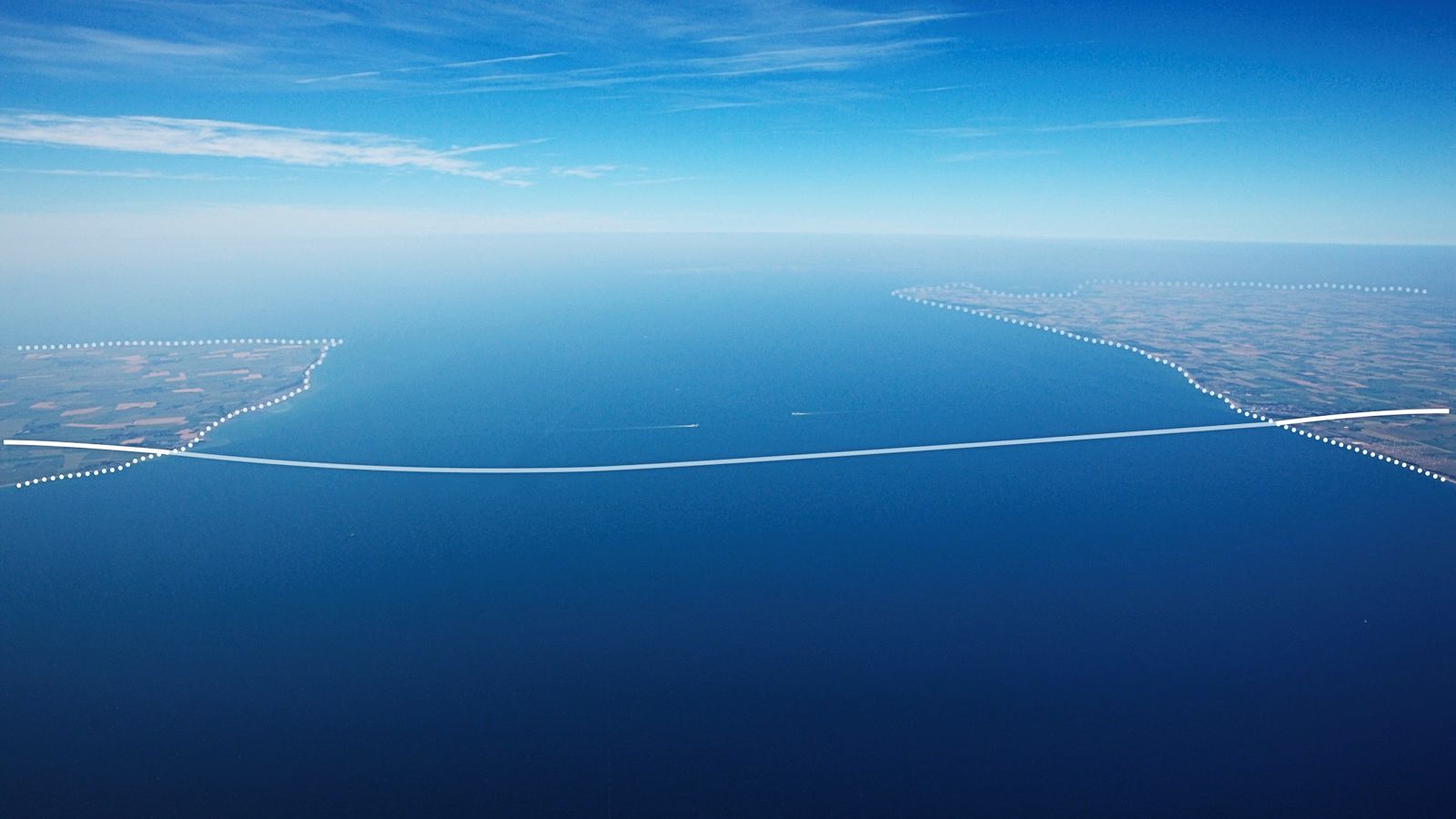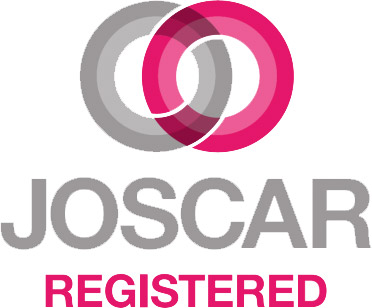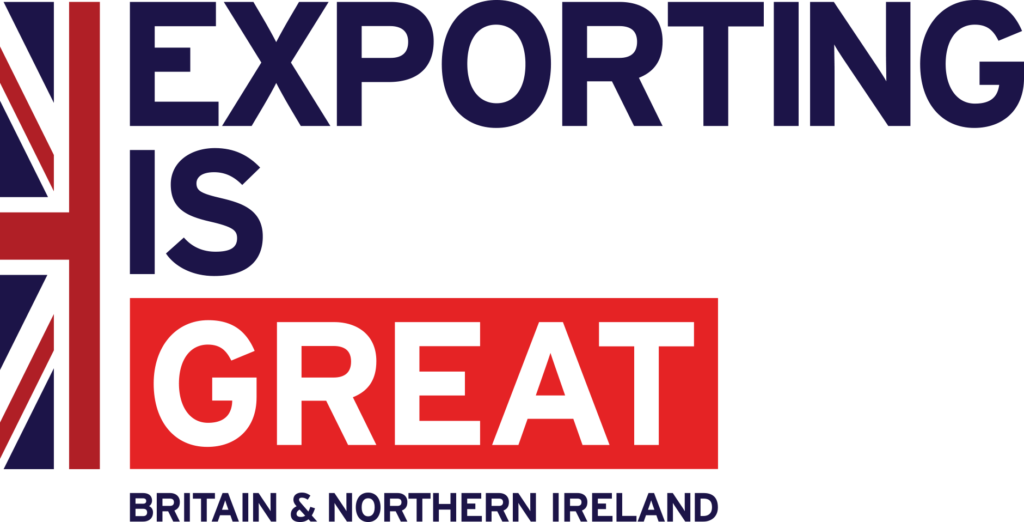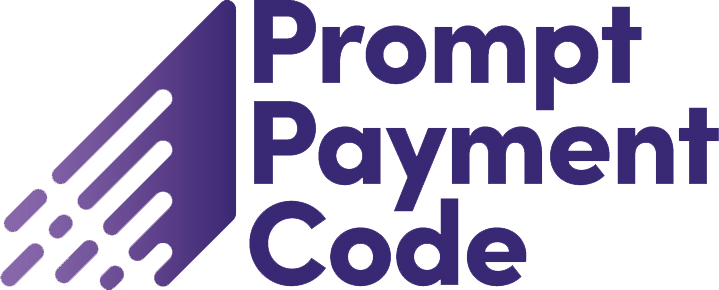The next-generation transport mega-project connecting Europe
Fehmarnbelt tunnel key facts
- The Fehmarnbelt tunnel will comprise a four-lane motorway and two electrified rail tracks. It consists of 79 individual elements, each 217 metres long and weighing 73,000 tonnes, equivalent to 14,000 elephants.
- Building the Fehmarnbelt tunnel will directly employ 3,000 people with many more in the supply chain.
- The link means it will now only take 10 minutes to travel from Denmark to Germany by car and 7 minutes by train. The project opens up the ScanMed Corridor, 1of 9 prioritised transport corridors within the EU.
- The Fehmarnbelt Tunnel contributes to the EU 2050 climate goals

A mega-project to transform the region
Femern A/S is breaking new ground in global transport systems with the Fehmarnbelt link. After a decade of planning, the world’s longest immersed tunnel will link Germany and Denmark and slash journey times from 2029.
Forty meters beneath the Baltic Sea, at 18 kilometres, it is Northern Europe’s largest construction project with a construction budget of over €7 billion ($8.2 billion). Critically, this mega-project has been designed to drive new levels of sustainability, efficiency and economic opportunities for the region.

Developing a risk strategy
The Femern executive management team, led by Bo Nygaard Sørensen, Risk Manager, set out key project goals for risk management process and culture:
- An easy to use, integrated and dynamic risk register together with a full risk picture across the mega-project.
- Develop a risk index to identify, categorise, manage and mitigate all risk in a structured, transparent and timely way. Underpinning this was an adherence to Danish government regulations and compliance.
- Establish an agreed level of risk management competency and knowledge across all Femern A/S employees.
- Capture all internal and external risks via Predict! to provide a real-time and accurate view of exposure, together with treatment plans.
- Drive thinking, strategies and culture with robust, regular reporting.
Growing risk maturity
Femern A/S engaged with Risk Decisions right from the outset; using the integrated Predict! risk database and Monte Carlo analysis platform to inform the decision-making on whether to build an immersed tunnel rather than a bridge.
The Femern A/S team were committed to leading a risk positive culture as risk maturity in construction evolved. Using a software programme like Predict! for the first time meant shifting from spreadsheets to a flexible, integrated tool.
Bo explains, “Our dedicated risk leaders believed in the cultural impact of the Predict! software. A mega-project like Fehmarnbelt required a risk management system integrated into the organisation, providing structure and cohesion.”
He adds, “Risk management demands a behaviour shift. We ensured buy-in by delivering specific training with Risk Decisions for risk owners and department heads, embedding learning with doing. Next steps were to support and fine-tune any gaps to motivate and empower the team.”
Embedding risk as a positive force
All strategic shifts involve challenges. Many organisations have a reactive approach to risk management. Femern have had risk management on top of their minds from the onset, implementing Predict! from the very beginning of the project. As the project evolved, so did Predict!’s capability. It is a never-ending process as the project and thus, the risks changes all the time.
Bo explains, “With previous mega-projects, risks were handled when they “appeared” from a management perspective. The process lacked structure and management and meant mitigation could only be partly transparent and documented.”
Implementing Predict! embedded risk thinking into processes and systems essential to managing timings. As Bo explains, “Anything that could postpone the project and disrupt the critical path and schedule is a risk. Putting a cost on risk makes people listen and time is often the most expensive part of projects at this scale. Yes, there are other risks, but the single most important factor is anything that interferes with time.”
Bo’s further cultivated a culture of positive risk with risk owners, “Everyone’s invested in this project being a success, so we don’t see risk as a negative,” he says. “Instead, it’s important to identify, mitigate and work with risks. Of course, historically, it has been seen as an admin burden, but now we show risk owners how it can be seen as the line of success running through the project.”
Leading a culture of risk management
Predict! provides an essential framework for Femern’s mega-project as, after ten years of planning, the main part of the construction starts.
For Bo, embedding risk management across the organisation “ensures we do the work we’re supposed to do.” Tying risk effectiveness back to core organisational values was a key implementation strategy and a significant win for Femern and Risk Decisions’ collaborative approach.
“Continuous improvement is a core value for us. With Predict! we can demonstrate governance, oversight, and management across all risk touchpoints to the board. And how this leads to continuous improvement,” says Bo. “It gives complete confidence to the executive management team and reassures everybody that the framework works, as it should. Ultimately, it delivers the results they want to see.”
Compliance is also essential, especially for projects of this profile and scale. “Predict! fulfils all the requirements of how we work with risk and how we document it, in line with ISO 31000 – as long as we’re using Predict! we’re compliant.”
Having the right risk partner helped the Femern team stay on track with their risk strategy. Bo explains, “The Risk Decisions team understood what we were trying to achieve and were able to respond quickly in terms of scaling any needs to this mega-project. That direction has really supported the outcomes.”
Bo concludes “The single most important issue is the support from the executive management, most of all the CEO. It’s the senior buy-in and understanding of the strategic value that risk brings that leads to success.”









